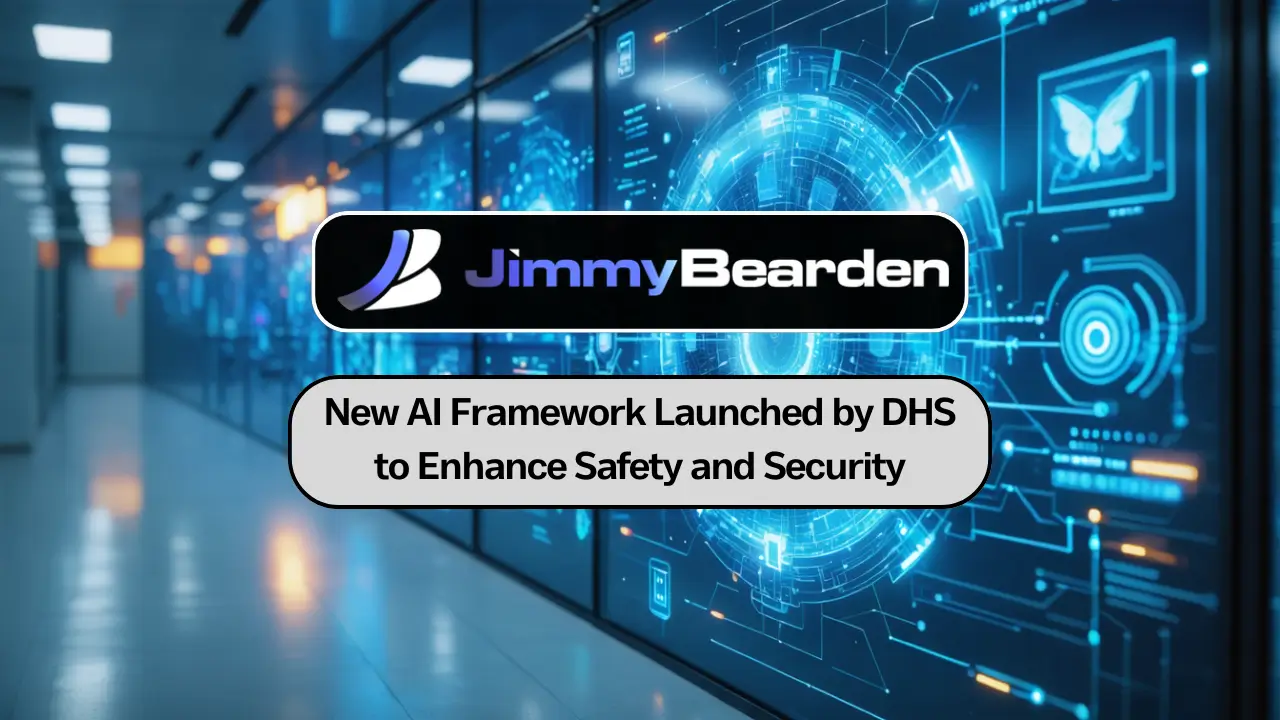New AI Framework Launched by DHS to Enhance Safety and Security in Critical Infrastructure

Introduction to the New AI Framework
The Department of Homeland Security (DHS) has taken significant steps towards ensuring the safe and secure deployment of Artificial Intelligence (AI) in critical infrastructure with the introduction of the Roles and Responsibilities Framework for Artificial Intelligence. Developed by the Artificial Intelligence Safety and Security Board, this new framework aims to address the vulnerabilities and risks associated with AI applications in the nation's critical sectors. By involving various stakeholders across the AI supply chain, the framework seeks to foster collaboration and enhance safety and security practices.
The Importance of Stakeholder Involvement
One of the framework's cornerstone elements is its inclusive approach, incorporating diverse stakeholders such as AI developers, cloud and compute providers, critical infrastructure owners, civil society, and public sector entities. This inclusive strategy ensures that the framework considers the perspectives and expertise of all relevant parties. By doing so, it aims to build a coordinated and comprehensive response to the challenges posed by AI technologies, thereby fostering a culture of transparency and trust among the entities involved.
Addressing AI Risks and Vulnerabilities
The DHS framework identifies three primary categories of AI-related risks: attacks using AI, attacks targeting AI systems, and failures in AI design and implementation. By categorizing these vulnerabilities, the framework provides clear guidance on addressing these issues and promotes the development of effective countermeasures. This strategic identification of risks ensures that all actors in the AI supply chain are aware of potential threats and are equipped with the necessary tools to mitigate them effectively.
Integrating Existing Standards and Frameworks
Recognizing the need for a unified approach, the new framework integrates the National Institute of Standards and Technology (NIST) AI Risk Management Framework. This integration focuses on four main functions: Govern, Map, Measure, and Manage, creating a comprehensive model for managing AI risks. By building on established standards, the DHS framework facilitates operational harmonization across different sectors, enabling critical infrastructure entities to tailor risk management strategies specific to their unique contexts and needs.
Voluntary but Impactful Implementation
The DHS framework remains voluntary, yet its adoption is highly encouraged as it promises to enhance trust, security, and transparency. The voluntary nature does not detract from its potential impact, as widespread implementation would lead to an improved understanding of AI safety and security research. This, in turn, could contribute to the development of best practices and policy measures, offering a blueprint for future regulatory endeavors in AI governance.
Moving Towards Broader Initiatives
Aligned with DHS's broader initiatives, this framework is part of a concerted effort to advance AI security best practices globally. This includes developing an AI roadmap, launching pilot projects to test new AI technologies, and engaging in partnerships with industry leaders and international stakeholders. These initiatives reflect a proactive stance in AI governance, aiming to position the U.S. as a leader in the secure and responsible deployment of AI technology across critical infrastructure sectors.
"Joining this community has been a game-changer for staying updated on the latest trends & events!" - John B.





